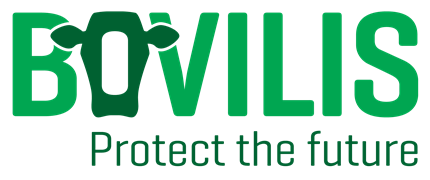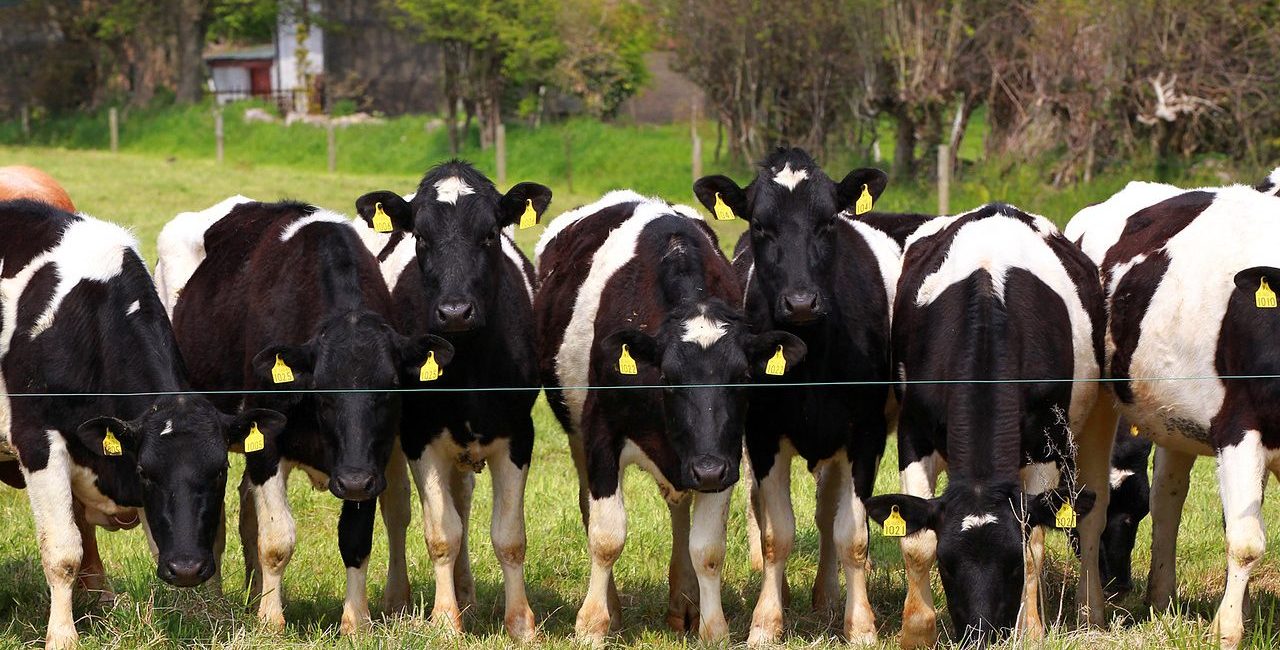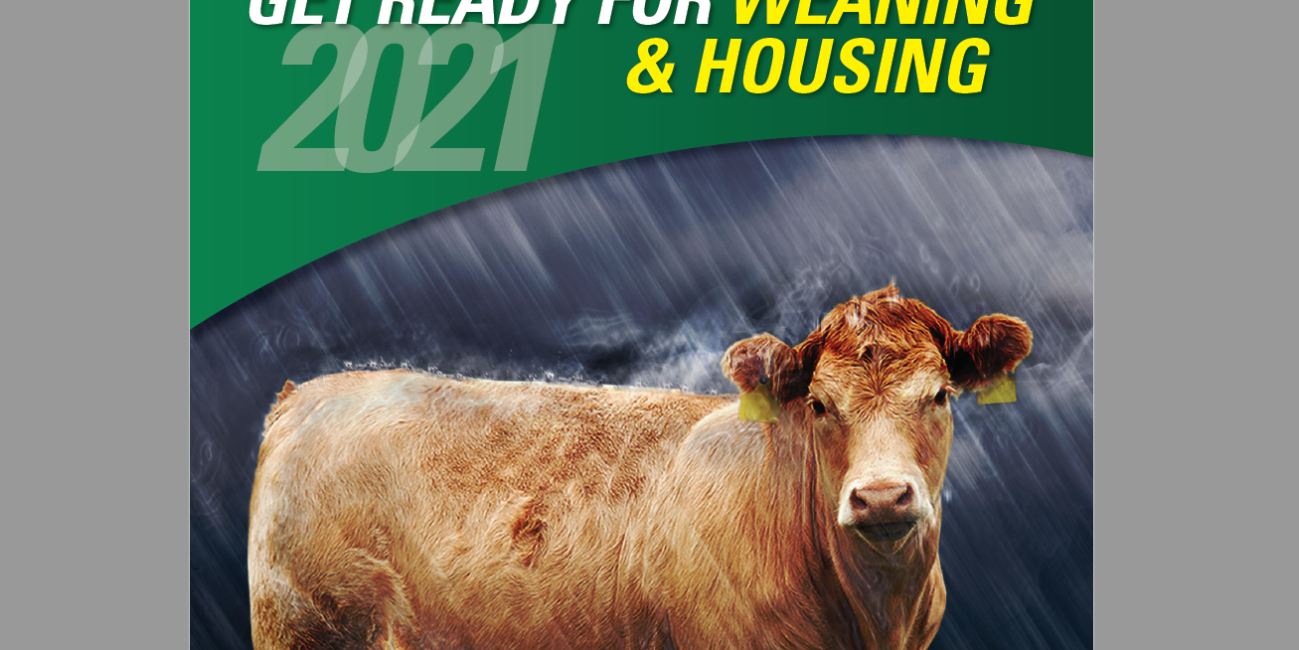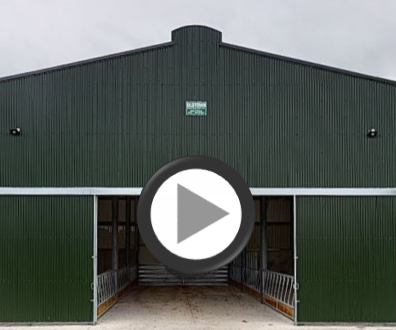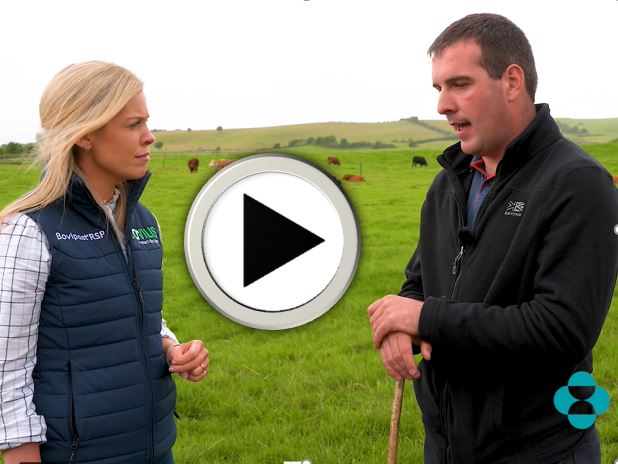
WATCH – “We lost 10 calves one year. We have lost none since” – Bovilis
Kieran Flatley of Harrington Farms in Kilkelly, County Mayo talks about the improvement in their weanling calves over the last few years as a result of
Read more about WATCH – “We lost 10 calves one year. We have lost none since” – Bovilis
